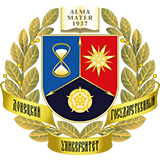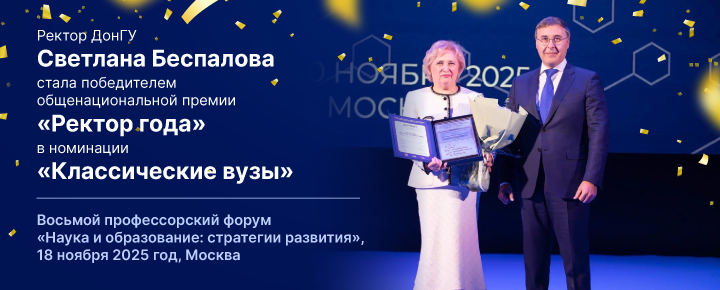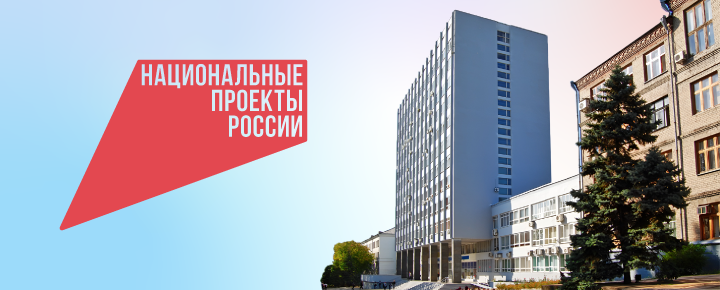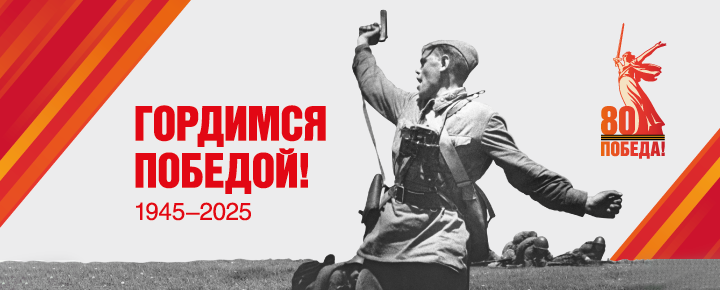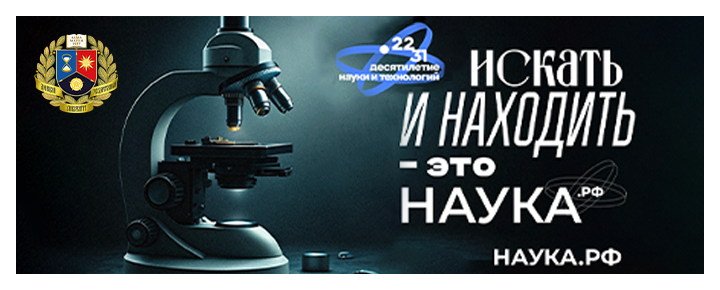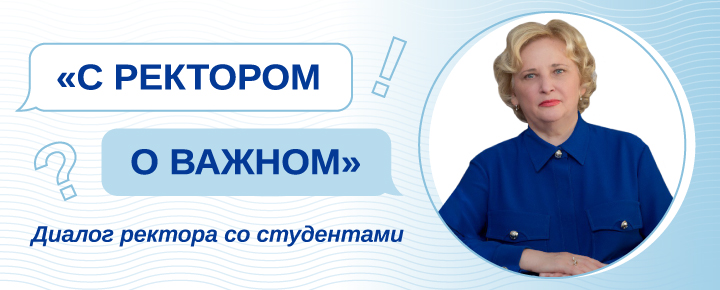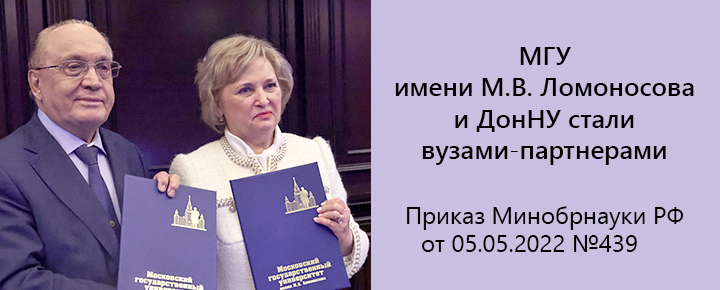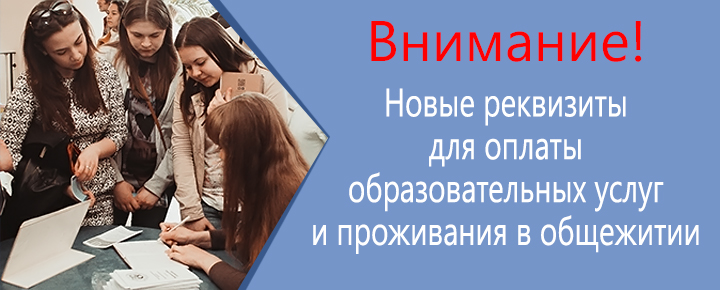RULES FOR AUTHORS
1. For publication in the journal "Bulletin of Donetsk National University. Series B. Economics" original scientific papers containing the results of research in the field of economics and law are accepted.
2. Articles published earlier in other journals are not accepted for consideration. The decision on publication is made by the editorial board of the journal after reviewing. Manuscripts that do not meet editorial requirements and articles that do not correspond to the subject of the journal are not accepted for consideration. If the review is positive, but contains comments and suggestions, the editorial board sends the article to the authors for revision along with the comments of the reviewer. The author must respond to the reviewer on all points of the review. After such revision, the editorial board decides on the publication of the article. In case of rejection of the article, the editorial board sends the authors either reviews or excerpts from them, or a reasoned letter from the editor. The Editorial Board does not enter into a discussion with the authors of rejected articles, except in cases of obvious misunderstanding. Manuscripts are not returned to the authors. An article delayed for more than three months or requiring re-processing is considered as newly received. The editorial board reserves the right to carry out editorial revision of the manuscripts. The proofreading of the articles is not sent to the authors.
3. The editorial board does not charge the authors for the preparation, placement and printing of materials.
4. The manuscript is submitted in a single copy printed on one side of an A4 sheet of paper (the copy is signed by the authors). The volume of the manuscript, as a rule, should not exceed the range of 6-12 pages (from 20000 to 40000 characters), including figures, tables, and references.
The pages of the manuscript should be numbered sequentially. In parallel with the provision of the manuscript to the editorial board (fcl.ef@donnu.ru , krasnova2008.08@mail.ru ) the full text of the article is sent in an attachment (in WORD or RTF format, Office 97-2010) (file name "(Author's surname) article", for example, "Ivanov_statya"). If it is impossible to transfer the manuscript to the editorial board, the full text of the article in pdf format is sent to the editorial office's email address.
MANDATORY REQUIREMENTS FOR THE DESIGN OF ARTICLES
1. The main text of the article is the Times New Roman font, size 12 pt., with width alignment.
2. Abstract, list of references, tables, captions, information about the authors – Times New Roman font, size 10 pt.
3. The margins are mirrored: top – 30 mm, bottom – 30 mm, left – 30 mm, right – 20 mm. The line spacing is single.
4. Paragraph indentation is 1 cm.
5. The text is typed without automatic hyphenation (width alignment).
6. Italics, bold, and discharge (but not underscores) are allowed in the text.
7. Formulas, their components and all variables in the text and separately in the lines are typed only using the formula editor Microsoft Equation 3.0 or MathType 5.0-6.0. Formulas are centered and have, if necessary, end-to-end numbering on the right edge.
8. Figures and tables are arranged in the text strictly within the printed field of the portrait orientation of the pages after the first mention. The drawings are only in black and white, grouped and placed according to the width of the text on the page, without a frame! Each drawing has a caption (not combined with the drawing), and the table has a title (centered alignment). All figures and tables should be numbered sequentially in Arabic numerals. Scanned drawings are not accepted.
9. For the titles of scientific papers, "angular" quotation marks are used: «Capital».
10. Quoting, direct speech, etc. are framed with angular quotation marks of the form «...»; if necessary, use quotation marks inside the quotation, the "angular" quotation marks should be external: «..."..."...»;
11. It is necessary to use the dash (–) and hyphen (-) correctly; the difference lies in the size and the presence of spaces before and after the dash: K. Marx – great economist and Marx-theorist and economist. The first character is punctuation, and the second is spelling.
12. To indicate page, time and other intervals, a dash is used that is not separated by spaces from adjacent characters: p. 24-26.
Scientific articles in Russian and English are accepted for publication, which have the necessary elements:
the UDC index in the upper left corner of the page (with paragraph indentation and without highlighting);
the TITLE of the article is bold, centered (in capital letters without hyphenation);
separated by a line: copyright ©, year (dot after the year is put) (bold), (space), initials and last name(s) of the author(s): left alignment with paragraph indentation (bold italics).
a line apart: an abstract in Russian (10 points) of at least 100 and no more than 150 words, which should briefly reflect the problem, methods, material and main results of the study. Keywords: (this phrase is in bold italics) (8-15 words).
Sample design of the beginning of the article:
УДК 332.1:338.45:338.24+330.4
ТЕОРЕТИЧЕСКИЕ ОСНОВЫ УПРАВЛЕНИЯ РАЗВИТИЕМ БИЗНЕС-ПРОЦЕССОВ В ЭКОНОМИКЕ ПРОМЫШЛЕННОСТИ:
РЕГИОНАЛЬНО-ОТРАСЛЕВЫЕ МЕТОДЫ ПРОГНОЗИРОВАНИЯ, ПРИКЛАДНОЕ МАТЕМАТИЧЕСКОЕ МОДЕЛИРОВАНИЕ
© 2023. Ю. Н. Полшков, А. И. Маевский
В статье систематизированы теоретические основы управления развитием бизнес-процессов в экономике промышленности. Адаптация сформулированных научно-методических положений к реалиям индустрии Российской Федерации осуществлена посредством совершенствования регионально-отраслевых методов прогнозирования и прикладного экономико-математического моделирования. Исследованы границы применимости классифицированных количественных, качественных и смешанных методик построения прогнозов, в частности инструментария форсайт-прогнозирования.
Ключевые слова: промышленность; развитие; экономика; отрасль; прогноз; управление; бизнес; модель; процесс; регион; метод.
The Borders tool is used to create separating lines.
A line apart is the text of the article (12 points), which includes:
the formulation of the problem in general and its connection with the most important scientific and practical tasks;
analysis of recent achievements and publications in which this problem is considered and referred to by the author, highlighting previously unresolved parts of the general problem, which this article is aimed at solving;
goal formulation and task setting;
the results of the study with full justification of the scientific results obtained;
conclusions from this study and prospects for further research in this direction.
THE LIST OF REFERENCES (10 points without paragraph indentation). The list of literary sources (LIST OF REFERENCES) is given in a general list at the end of the manuscript alphabetically in the original language in accordance with GOST 7.1-2003 "Bibliographic record. Bibliographic description" and GOST7.05-2008 "Bibliographic reference". The reference to the source is given in square brackets.
References are allowed only to published works. It is necessary to include in the list as many fresh primary sources on the issue under study as possible (no more than three or four years ago). One should not limit oneself to quoting works belonging to only one group of authors or a research group. Links to modern foreign publications are desirable.
Page-by-page and endnotes are not allowed in the text of the work. The reference to the source in the bibliography is made according to the model [number in the list of references, comma, page]: [4, p. 23].
No more than two references to the work of the author of the article are considered correct.
The minimum number of sources in the list of references, which must necessarily be referenced in the text of the article, is 10.
The phrase СПИСОК ЛИТЕРАТУРЫ (bold) is aligned to the left:
СПИСОК ЛИТЕРАТУРЫ
- Ефанов В.А. Цифровая трансформация системы управления бизнес-процессами хозяйствующего субъекта / В.А. Ефанов // Экономика устойчивого развития. – 2022. – № 2. – С. 76-81.
- Стратегическое управление социально-экономическими системами в чрезвычайных обстоятельствах: макро-, микроуровень (на примере Донецкой Народной Республики): монография / Н.В. Шемякина, Л.Н. Бражникова, А.А. Азарян, М.А. Мызникова, И.А. Мызников,
А.А. Пономаренко. – Донецк: ГБУ «Институт экономических исследований», 2022. – 276 с. - Бюджетный кодекс Российской Федерации от 31.07.1998 N 145-ФЗ (ред. от 28.12.2022) (с изм. и доп., вступ. в силу с 01.01.2023) [Электронный ресурс] // Правовой Сервер КонсультантПлюс. – Режим доступа: https://www.consultant.ru/document/cons_doc_LAW_19702/ (Дата обращения: 30.10.2023).
- Постановление Правительства РФ от 26.12.2017 N 1642 (ред. от 08.12.2023) «Об утверждении государственной программы Российской Федерации «Развитие образования» [Электронный ресурс] / Официальный сайт компании «КонсультантПлюс». URL: https://www.consultant.ru/document/cons_doc_LAW_286474/#dst41821 (дата обращения: 30.10.2023).
- Региональная статистика Российской Федерации [Электронный ресурс] / Официальный сайт Федеральной службы государственной статистики. URL: https://rosstat.gov.ru/regional_statistics (дата обращения: 30.10.2023).
The following is an abstract in English (10 points), including:
the title of the article (bold – centered alignment),
through the line: initials and surname of the author(s) (bold italics – width alignment),
through the line: abstract, keywords (phrase Key words: – bold italics) – width alignment.
THEORETICAL FOUNDATIONS FOR MANAGING THE DEVELOPMENT OF BUSINESS PROCESSES IN INDUSTRIAL ECONOMICS:
REGIONAL AND SECTORAL FORECASTING METHODS, APPLIED MATHEMATICAL MODELING
Yu. N. Polshkov, A. I. Mayevsky
The article systematizes the theoretical foundations of managing the development of business processes in industrial economics. Adaptation of the formulated scientific and methodological provisions to the realities of the industry of the Russian Federation was carried out through the improvement of regional-industrial forecasting methods and applied economic and mathematical modeling. The limits of applicability of classified quantitative, qualitative and mixed methods for constructing forecasts, in particular foresight forecasting tools, have been studied.
Keywords: industry; development; economy; branch; forecast; control; business; model; process; region; method.
At the end of the article, the following information about the authors (for each author – a separate line) must be indicated in parallel in the table in Russian and English (10 points, width alignment, without paragraph indentation):
Surname, first name, patronymic in full (bold).
Academic degree and title, position (without allocation).
The full name of the organization is the place of work of each author, country, city (without highlighting).
The email address.
Telephone
After the annotation in italics (10 points, alignment on the right side), an entry is made: Received by the editorial office xx.xx.20xx.
Sample:
Полшков Юлиан Николаевич
доктор экономических наук, доцент, и. о. заведующего кафедрой математики и математических методов в экономике
ФГБОУ ВО «Донецкий государственный университет», г. Донецк
polshkov@yandex.com
+7-949-300-00-00
Маевский Андрей Игоревич
аспирант кафедры математики и математических методов в экономике
ФГБОУ ВО «Донецкий государственный университет», г. Донецк
maevskyi@mail.ru
+7-916-555-99-55
Polshkov Yulian
Doctor of Economic Sciences, Associate Professor
Donetsk State University, city Donetsk
Mayevsky Andrey
Postgraduate student
Donetsk State University, city Donetsk
5. In separate files, after reviewing and receiving information about the acceptance of the article for publication, the author submits a signed License Agreement and Consent to data processing.
6. In a separate file and on a separate sheet, the surname and initials of the author, as well as the title of the article in Russian and English, are submitted. In this case, the surname and initials of the author are typed through an indissoluble space and with a sparse inter-letter interval (3 pt) (the file name is "(Author's surname) for the title", for example, "Ivanov_ for the title").
Sample:
Полшков Ю. Н., Маевский А. И. Теоретические основы управления развитием бизнес-процессов в экономике промышленности: регионально-отраслевые методы прогнозирования, прикладное математическое моделирование
Polshkov Yu. N., Mayevsky A. I. Theoretical foundations for managing the development of business processes in industrial economics: regional and sectoral forecasting methods, applied mathematical modeling
7. Graduate students and applicants submit a review of the supervisor together with the article.
8. Authors of scientific articles are personally responsible for the presence of plagiarism elements in the texts of articles, as well as for the content and reliability of facts, quotations, proper names and other information.
9. Contact information:
283015, Donetsk People's Republic, Donetsk, Chelyuskintsev str., 186.
Editor-in-Chief: Krasnova Victoria Vasilyevna, Doctor of Economics, Professor, Head of the Department of Enterprise Economics at Donetsk State University (e-mail: krasnova2008.08@mail.ru).
Executive Secretary: Kuzheleva Anna Alexandrovna, Candidate of Economics, Associate Professor, Associate Professor of Marketing and Logistics Department of Donetsk State University (e-mail: kuzhelechka@yandex.ru).
Technical Secretary: Vorobyova Julia Sergeevna, Senior Lecturer at the Department of International Business and Business Administration of Donetsk State University (e-mail: gluckschpilz@mail.ru).

